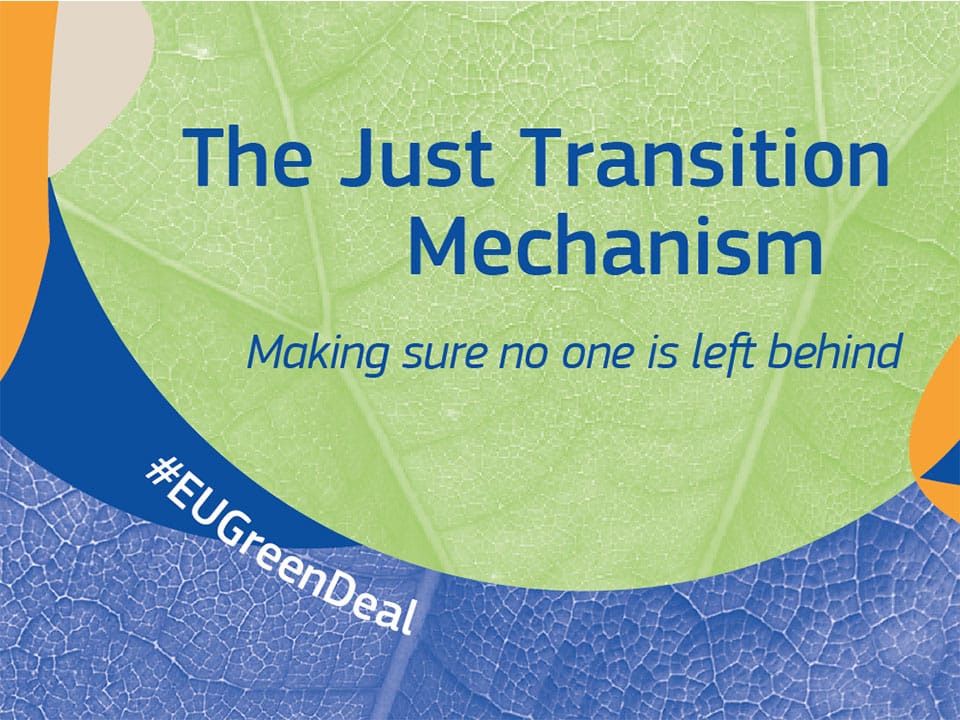The European Green Deal will help to ensure a safe and inclusive transition. Alleviating energy poverty is part of the challenge and is closely related to electrical safety.
Featured Resources

Electrical Safety
Time for Action The inspection of electrical installations should be a priority in the EU,…
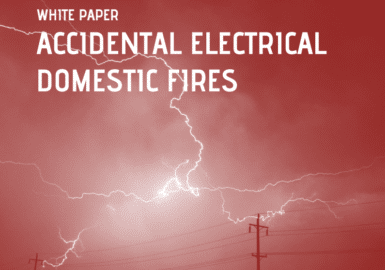
Accidental Electrical Domestic Fires
Reading fire statistics with the aim of prevention: when analysing fire statistics, the number of…

Residential electrical safety – How to insure progress
In the past 120 years, electricity has become the overarching energy source in our everyday…
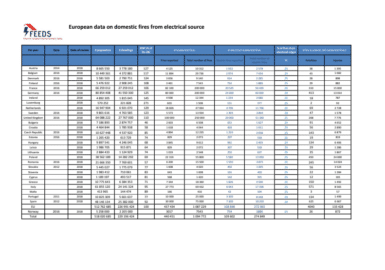
European data on domestic fires from electrical source
Data presented (e.g. those of France and the UK) were gathered after extensive research by…
Table of Contents
Energy poverty
According to the European Commission, about 34 million Europeans could not adequately heat their homes in 2018, and in a 2019 EU-wide survey, 6.9 percent of the EU population said they could not afford to heat their homes sufficiently. Energy poverty (EPOV) remains a major challenge in the EU, and lifting vulnerable citizens out of energy poverty is an urgent task.
Energy poverty results from a combination of low income and high energy costs requiring a large percentage of disposable income and poor energy efficiency, especially in regard to building performance. People living in inefficient buildings are more exposed to climate-change impacts and inadequate comfort and sanitary conditions in housing and work environments.
For decades, the EU has been facing an acute and persistent housing affordability challenge, with an alarming number of Europeans being unable to afford rent or cover basic housing costs. Given the wide range of socioeconomic factors surrounding general poverty, and the challenges around housing tenure systems, the issue calls for a multi-faceted approach.
Electrical safety
Electrical safety is needed to efficiently implement EPOV solutions. However, in that field, electrical safety suffers from a lack of focused monitoring.
According to firefighters, “fire discriminates”. The evidence is unmistakable that fires disproportionately affect vulnerable communities. In the case of energy poverty, it is an accumulation of factors that leads to dangerous situations for electrical uses in cheaper rented dwellings. These include:
- The presence of obsolete and unmaintained electrical installations
- The purchase of cheap (or even counterfeit) and potentially dangerous products (heaters, chargers, etc.)
- Misunderstanding of fire safety rules
Consequently, domestic fires from electrical sources are more likely to occur. The Forum for European Electrical Domestic Safety (FEEDS), which was founded by ECI, works to promote electrical safety in domestic spaces. FEEDS’ assessment (www.feedsnet.org) indicates that 30 percent of all domestic fires have an electrical source and 50 percent of accidental domestic fires have an electrical source. Energy poverty is a relevant fire-triggering factor in these cases.
Considering the energy transition will be primarily achieved through electrification, electrical safety is essential for success. Achieving a just energy transition requires more attention be dedicated to energy poverty.
As a prerequisite to the energy transition, electrical safety can be addressed through regular inspections. Most Member States already have primary electrical inspection, but not all have a regular electrical inspection regime in place. In addition, while the Commission has recommended be included in building renovation, only a few Member States have included this aspect into their Long-Term Renovation Strategy.
Our activities
ECI is a founding member of the Forum for European Electrical Domestic Safety (FEEDS) and supports the European Fire Safety Alliance.
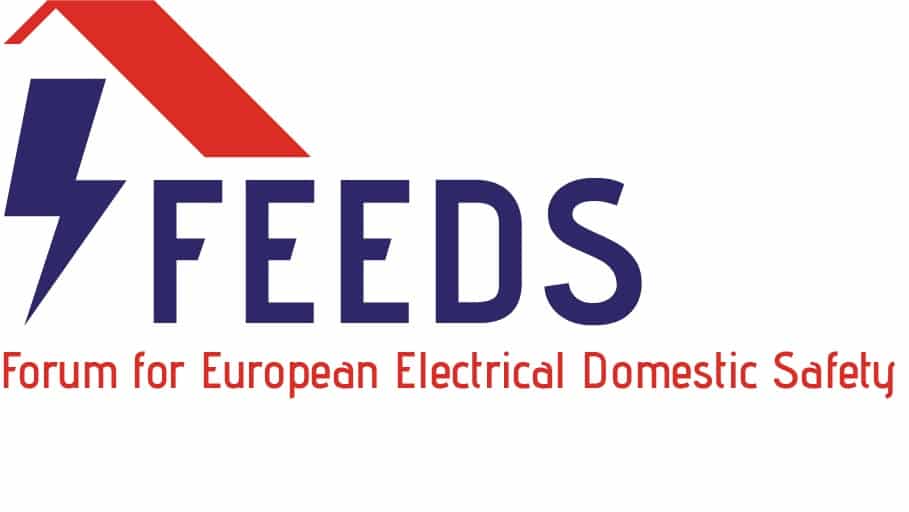
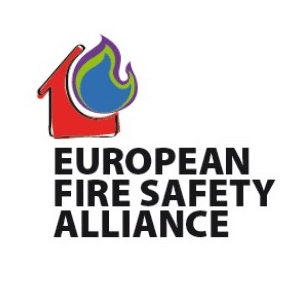
ECI advocates for the inclusion of electrical installation inspection into the revision of the Energy Performance of Buildings Directive.
Authored By

Quentin de Hults
Director
Green & Healthy Buildings

